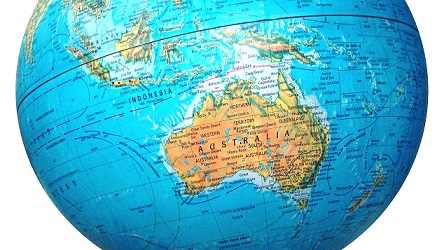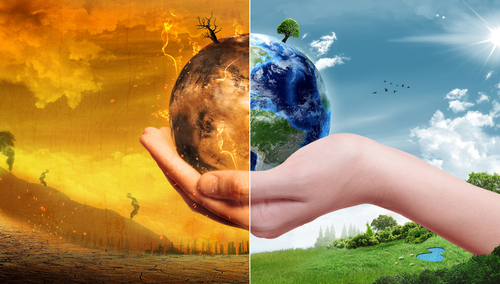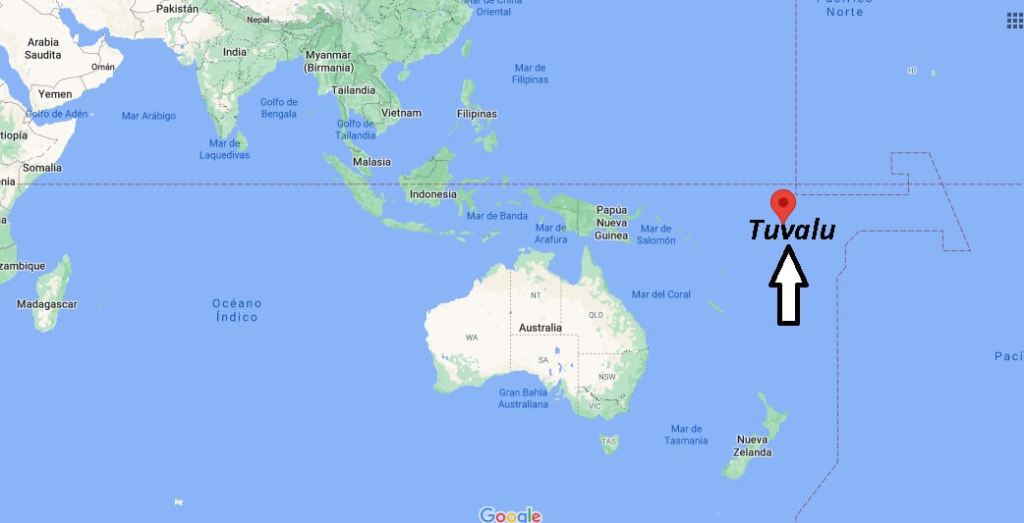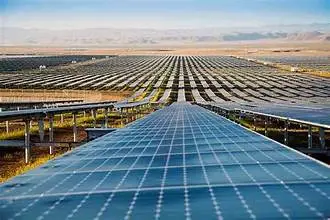QUESTION: It is crazy hot here in Sydney the exact opposite of the extreme cold in the north. Is there an explanation at all for this?
ANSWER: Most people do not realize that the climate is actually “polar opposites” so historically when the North is dry, the South is wet or when the North is very cold the South will get very hot. Both the Arctic (North Pole) and the Antarctic (South Pole) are cold because they don’t get any direct sunlight. However, though the North Pole and the South Pole are “polar opposites,” they both get the same amount of sunlight but there is a major difference. The South Pole is a much colder than the North Pole and this also contributes to the difference in climate experience around the globe.
The Arctic is ocean surrounded by land whereas the Antarctic in the South is in fact land surrounded by ocean. Consequently, the ocean under the Arctic ice is cold, yet the water is still warmer than the ice! So the ocean warms the air which it cannot do in the South. Antarctica is dry despite the ice. Under the ice and snow, you find land with mountain ranges, not ocean. As with any mountain range, the higher you go, the colder it gets. The actual average elevation of Antarctica is about 7,500 feet (2.3 km).
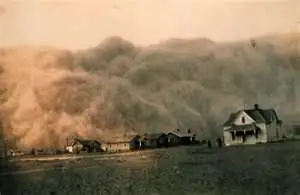 The extreme heat in Australia, reaching 47c (116f), is more akin to the Middle East in summer. I went trekking through the valley of the Kings in Egypt when it was 50c (122f) and I was the only one out and about while everyone stayed in the hotel. As the energy output of the sun collapses, we will witness growing extremes in different regions. The last time it was this hot in Sydney goes back to the 1930s during the Dust Bowl period in the USA, which hit in three waves – 1934, 1936, and 1939–1940. In truth, the sun cycle began to turn and in 1938 it reached the extremes.
The extreme heat in Australia, reaching 47c (116f), is more akin to the Middle East in summer. I went trekking through the valley of the Kings in Egypt when it was 50c (122f) and I was the only one out and about while everyone stayed in the hotel. As the energy output of the sun collapses, we will witness growing extremes in different regions. The last time it was this hot in Sydney goes back to the 1930s during the Dust Bowl period in the USA, which hit in three waves – 1934, 1936, and 1939–1940. In truth, the sun cycle began to turn and in 1938 it reached the extremes.
The cycle of extremes in weather appears to be 86 years so this is on target. Australia is dry and ripe for wildfires the same as we see in California. This will contribute to the decline in food supply globally as well. We will see extreme opposites in weather between regions and particularly between North and South.

